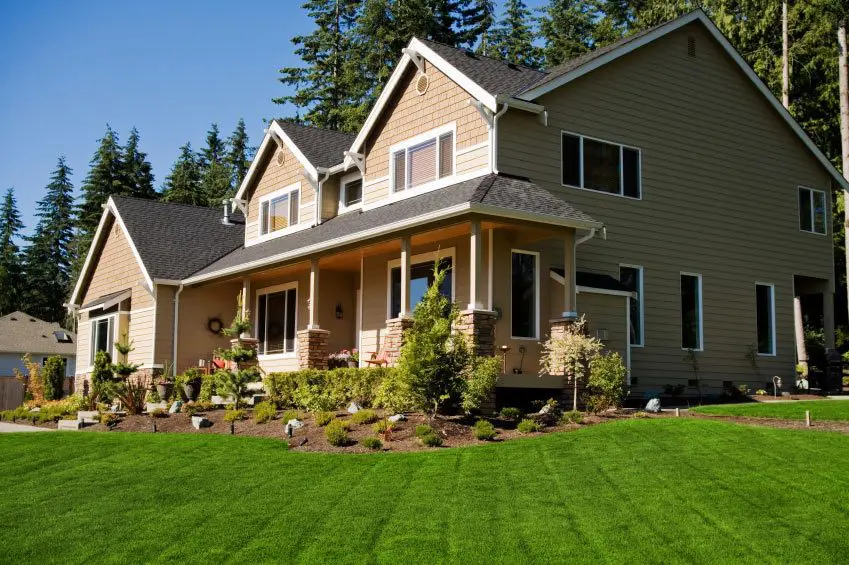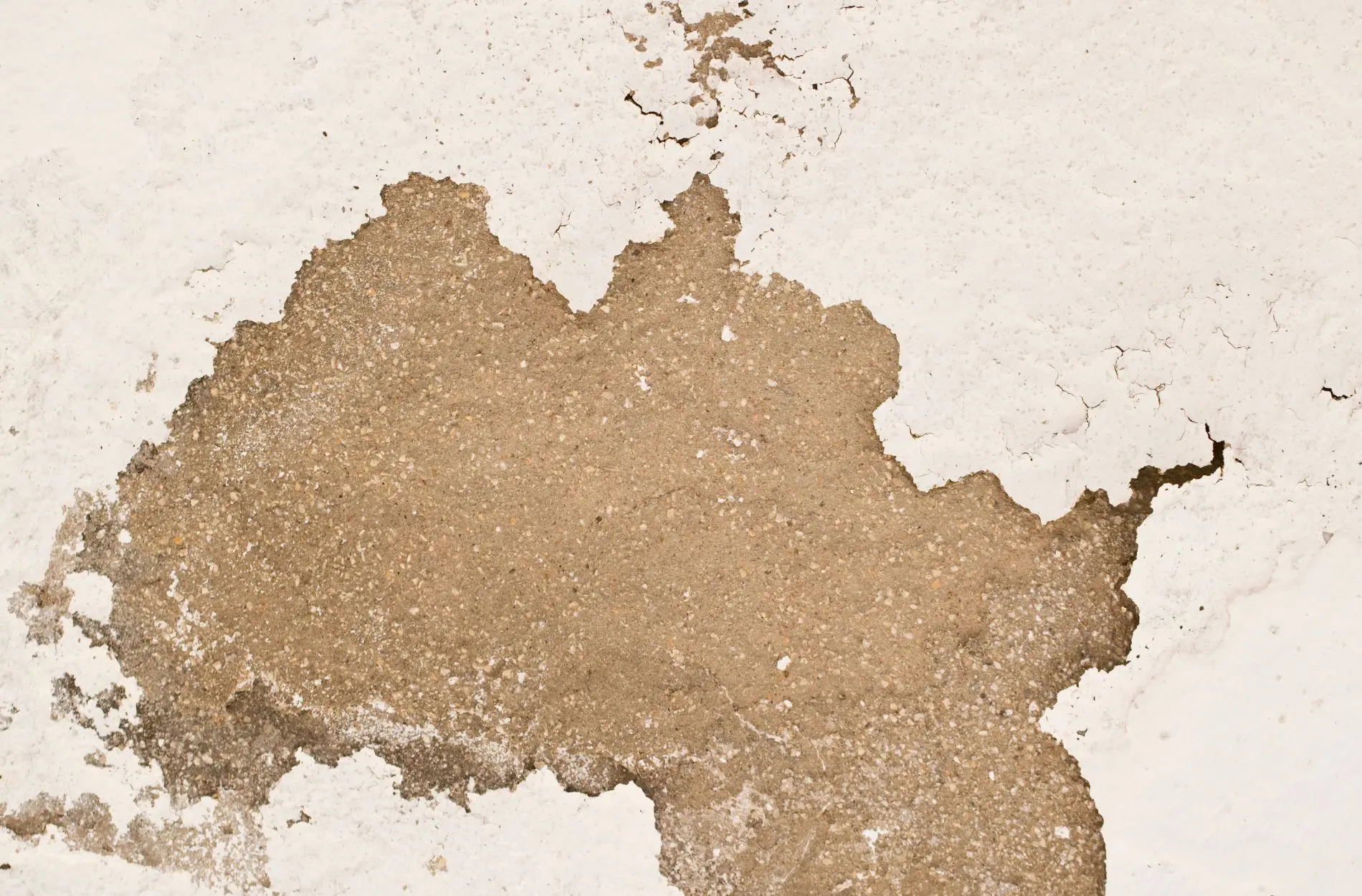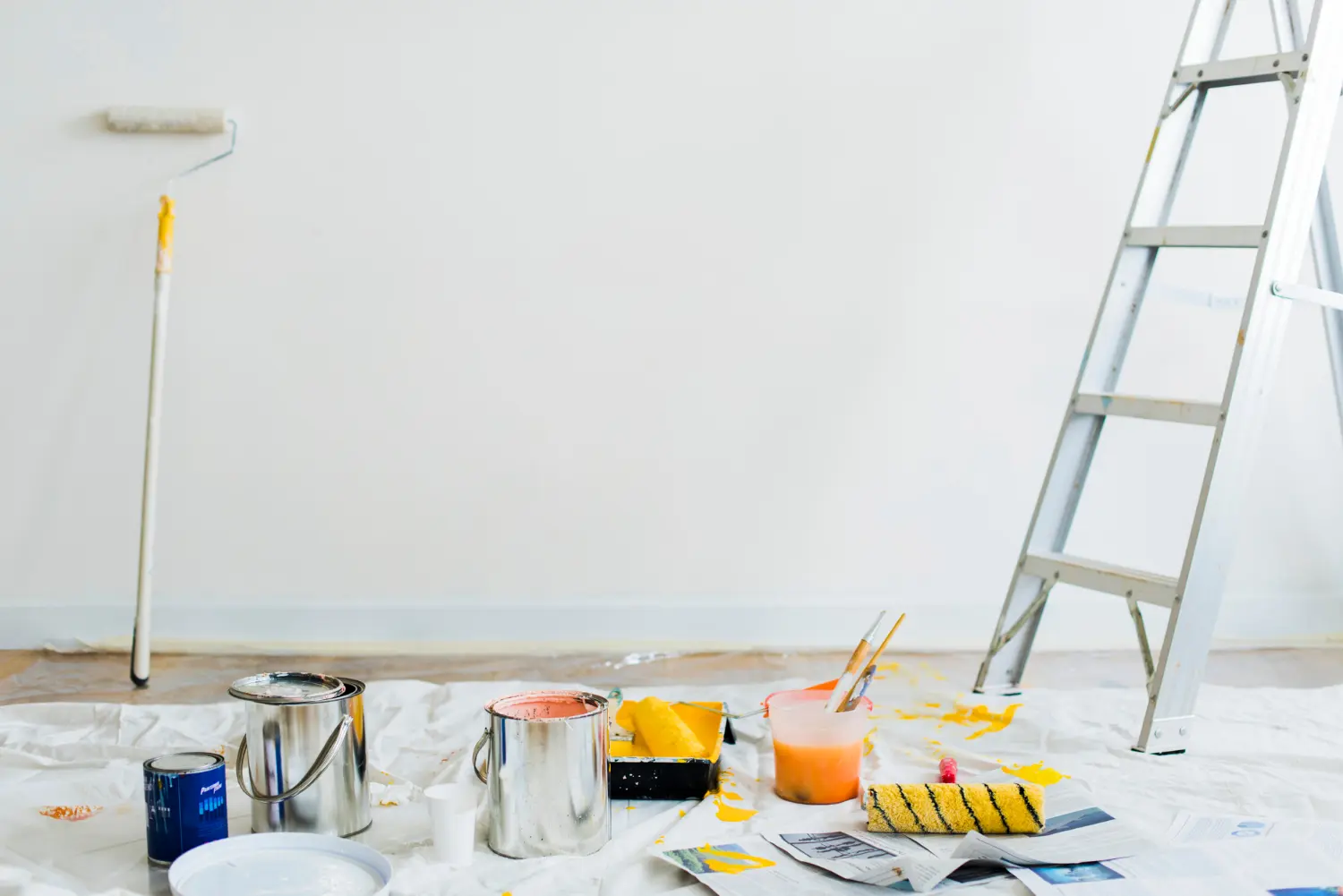Exteriors: The 12 Most Important Pro Painting Tips

As the weather outside continues to improve, millions of homeowners find themselves inspired to grab a brush and get busy with their exteriors. Something we wholeheartedly endorse and recommend here at Homm CPS! Along with refreshing the visual appeal of your exteriors, a new coat of paint can have a marked impact on the value of your home.
If planning on painting your home manually, a few professional pointers could make the whole thing so much easier from start to finish. As the generous types we are, what follows is a brief rundown of the 12 most important pro painting tips for plucky DIY types this spring.

Tackle the job in accordance with these and you could be onto winner:
-
Protect Your Surroundings
First up, always remember that the more extensively you protect your surroundings, the less careful and precise you have to be while painting. Just as long as everything is covered, you don’t have to worry about the odd drip and splatter here and there ruining your garden. If anything, going to extremes with protection comes highly recommended.
-
Protect Yourself
Of course, the same also goes for protecting yourself. Before you even think about climbing a ladder or handling any hazardous substances, don the required PPE and ensure you know exactly what you’re getting into. In addition, don’t ever attempt any difficult or potentially dangerous jobs alone.
-
Clean the Exterior
The cleaner the exterior of your home is, the easier it is going to be to paint it. Pressure washers come highly recommended, after which you’ll need to give the whole thing at least two days to fully dry. Manually washing the whole thing by hand is possible, but nonetheless time-consuming and back-breaking.
-
Know How Old Your Paint Job Is
An important note of caution – any paint jobs applied before the 1970s could have coated your home in lead. If this is the case, you are going to need to be extremely careful when removing the paint, in order to avoid breathing it in and releasing it into the environment.
-
Watch the Weather
Pay close attention to the weather forecast and ensure there is literally 0% chance of rain ruining your hard work. Ideally, it’s a good idea to wait until you are guaranteed at least a few days of dry and warm weather in a row.
-
Don’t Compromise on Quality
This extends to both the tools you use and the paint you intend to apply. The higher the quality of the tools and supplies you purchase, the easier and more enjoyable the job will be. Not to mention, the better the final result.
-
Scrape What You Can
You’ll probably find plenty of places where the existing paint on your home is chipping and peeling away quite nicely. Where this is the case, feel free to pick and scrape it away by whatever means necessary, rather than wasting good sandpaper.
-
Work with Coarse Sandpaper
The sandpaper you use to get rid of the rest of the paint will need to be relatively course, unless you’re happy to spend hour after hour frantically rubbing away of the stuff. Again, always wear quality PPE when sanding paint off your home.
-
Address Issues
If you come across any areas where the exterior materials of your home are in any way damaged, now really is the best time to deal with them. Painting over the problem and ignoring it is an option, but you’ll compromise the quality of the result in doing so. You also run the risk of allowing the issue to become progressively worse.
-
Prime Like A Pro
By this, we mean using the very best primer you can lay your hands on and applying it with as much care and attention as you intend to the paint itself. The way you approach priming will have perhaps the biggest impact of all on the final result.
-
Work in the Shade
For the sake of your own comfort and to keep the products you use in the best possible condition, always work in the shade. If it’s not possible to work in a shaded area, tackle the job during the morning and late afternoon, rather than during the hottest part of the day.
-
Start at the Top
Last but not least, don’t make the mistake of starting in a random position and making the whole job harder than it needs to be. In every instance where exterior painting is concerned, it’s important to start at the top and work your way down.
For more information on exterior painting or to discuss our services in more detail, get in touch with a member of the Homm CPS team today.










